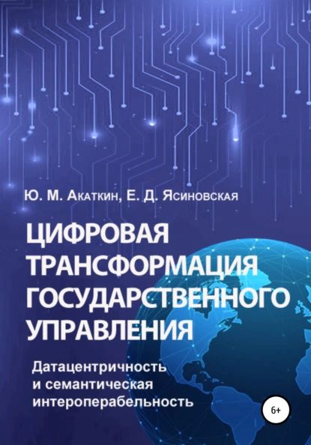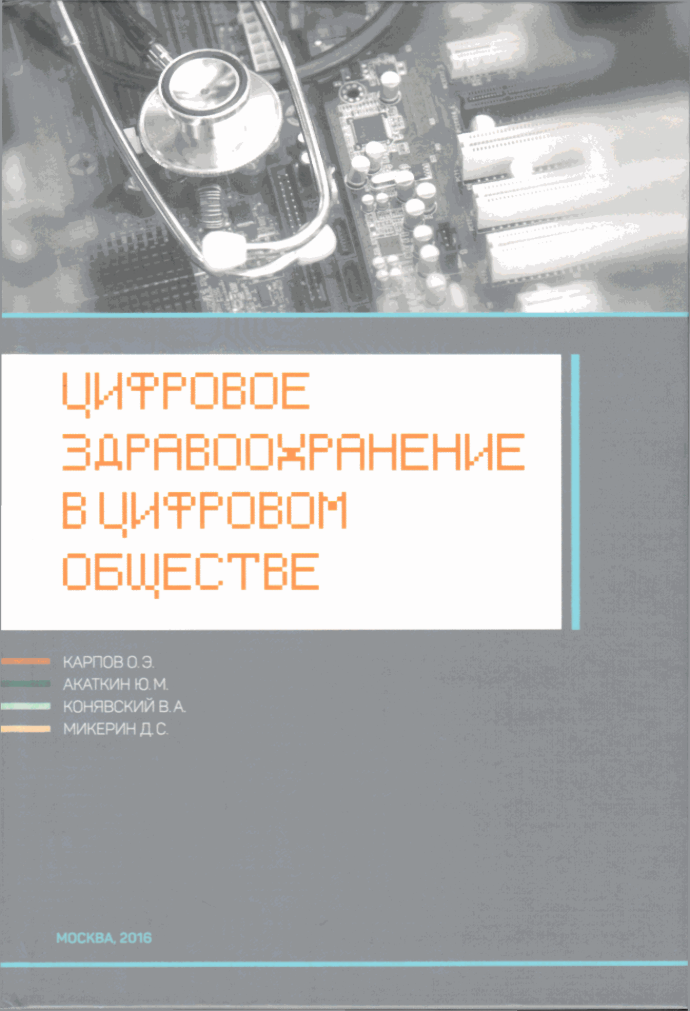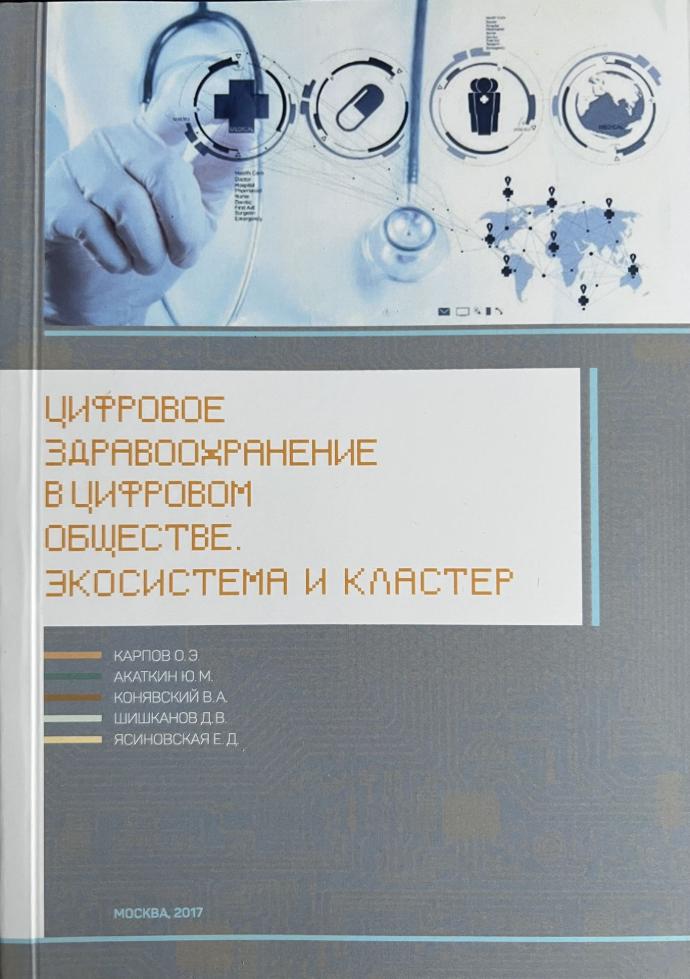Articles
2024
FAIR Statistics: Semantically Rich Environment for LOSD Creation and Interpretation
Yury Akatkin, Konstantin Laikam and Elena Yasinovskaya
The application of FAIR principles offers new perspectives for the modernization of statistics, but at the same time, it imposes high requirements on the disseminated (meta)data. Currently, the preparation of FAIR data has a strong academic and industry basis, proved by stable implementations. However, FAIR metadata and development methods still require additional study. It is important to provide a semantically rich interpretation environment for the creation of smart (rich) metadata. This paper presents the CIS Statcommittee experience in building a semantic-oriented knowledge management system and creating smart metadata using it.
The Challenges of Linked Open Data Semantic Enrichment, Discovery, and Dissemination (GRID)
Akatkin Yu., Yasinovskaya E., Bich M., Shilin A.
Linked open data is crucial for Semantic Web development due to the ability to provide both unambiguous computer interpretation and human understanding of information. Despite the active growth, it is still not easy to discover linked data (LD), difficult to link them, and rather hard to use for collaborative processing. The implementation FAIR principles, designed to counteract semantic chaos and provide information sharing remains the most challenging. In this paper, the authors consider the possibility of data semantic enrichment based on an open LD interpretation environment. Special attention is given to technical solutions aimed at improving the LD exploring capabilities.
Knowledge Management and Linked Data Generation in the CIS Statistics Committee
Akatkin Yu.M., Yasinovskaya E.D., Shilin A.V., Bich M.G.
This article presents the actions implemented by
the Interstate Statistical Committee of the CIS (CIS-STAT) in knowledge
management information systems, preparation of linked data and «smart»
(semantically rich) metadata as part of the CIS data hub that is under
construction. Based on the analysis of international experience and after
conducting their own long-term research, the authors set out the purpose behind
the work – to increase the efficiency and potential of using statistical data
by ensuring an unambiguous and meaningful data interpretation, including in
consumer information systems. To reach this goal, the authors proposed new
approaches and technologies for building a knowledge management system based on
the semantic network, which made it possible to link machine-interpretable
semantic models with human-readable knowledge representations. Addressing the
objective of organizing knowledge about statistical methodology is a key to
increasing the potential for using linked data and enabling collaborative
processing of statistical data. The proposed methodological and technological
approach is aimed at contextualizing a subject area used to develop linked data
and generate «smart» metadata. It also provides new opportunities for consumers
to work with statistical data and metadata – their interpretation, meaningful
analysis, comparison, and joint processing. Along with a description of the
systems operating cycle, the article provides a meaningful analysis of the
issues of harmonizing statistical terminology, identified by practical work
with the «Labor Statistics» domain. Special attention is paid to the role of
the expert community in developing a knowledge management system.
Translated from Russian language
Explore
2023
Knowledge Management and Linked Data Generation in the CIS Statistics Committee
Akatkin Yu.M., Yasinovskaya E.D., Shilin A.V., Bich M.G.
This article presents the actions implemented by the Interstate
Statistical Committee of the CIS (CIS-STAT) in knowledge management information
systems, preparation of linked data, and «smart» (semantically rich) metadata
as part of the CIS data hub that is under construction. Based on the analysis
of international experience and after conducting their own long-term research,
the authors set out the purpose behind the work – to increase the efficiency
and potential of using statistical data by ensuring an unambiguous and
meaningful data interpretation, including in consumer information systems. To
reach this goal, the authors proposed new approaches and technologies for
building a knowledge management system based on the semantic network, which
made it possible to link machine-interpretable semantic models with
human-readable knowledge representations. Addressing the objective of
organizing knowledge about statistical methodology is a key to increasing the
potential for using linked data and enabling collaborative processing of
statistical data. The proposed methodological and technological approach is
aimed at contextualizing a subject area used to develop linked data and
generate «smart» metadata. It also provides new opportunities for consumers to
work with statistical data and metadata – their interpretation, meaningful
analysis, comparison and joint processing. Along with a description of the
systems operating cycle, the article provides a meaningful analysis of the
issues of harmonizing statistical terminology, identified by practical work
with the «Labor Statistics» domain. Special attention is paid to the role of
the expert community in developing a knowledge management system.
Translated from Russian language
The Concept and the Roadmap to Linked Open Statistical Data in the Russian Federation
Akatkin Yu., Laikam К., Yasinovskaya Е.
Statistics is the main domain of government data. It represents the important information and should meet customer requirements, including simple navigation and search, enriched visualization, and deep analysis. Linking helps improve the quality and accessibility of statistical data, ensuring its unambiguous interpretation due to the implementation of semantic methods. Russian Federal Statistics Service targets to provide data as LOAD. The Concept and the Roadmap for Development and Dissemination of Linked Open Statistics in Rosstat, presented in this paper, is the first step to achieve the assigned task.
2022
Collaboration At The Stage Of Semantic Assets Development
Yury M. Akatkin, Elena D. Yasinovskaya, Michail G. Bich, Andrey V. Shilin
To provide the ability for information systems to interact on a semantic level, it is necessary to join the efforts of IT-specialists and various domain experts to develop semantic assets (SA). However, during their collaboration a paradigm gap in the interaction of the developers often appears, coming from a problem of cross-disciplinary misunderstanding and resulting in multiple revisions and unsatisfactory solutions. Therefore, to achieve the outcome of SA development, adequate methodological and instrumental support of collaboration is required. The analysis of the limitations existing in standard SA management methods has led the authors to propose the approach ensuring collaboration, based on managing the workflow (WF) development. To support WF at the development stage of semantic assets life cycle, the authors suggest extending ADMS-AP (Asset Description Metadata Schema Application Profile) with a set of classes and properties, which form the ADMS-WF application profile. The process of EuroVoc localization for Russia is represented as the example demonstrating the implementation of suggested methods and tools using ADMS-WF. The proposed approach was tested in the CSI (Centre of Semantic Integration) project and its semantic integration platform.


